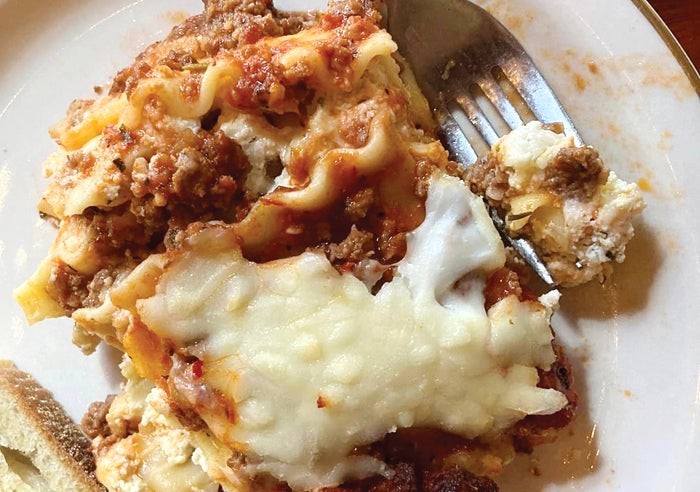What are probiotics and prebiotics?
Published 12:00 am Tuesday, January 15, 2013
Q: What are probiotics and prebiotics?
A: Want to keep your digestive system healthy and happy? Make sure you’re getting enough of these important tummy pleasers.
It may sound icky, but it’s a good thing that our digestive tracks are populated with bacteria. Many of these buggers are there to protect the digestive tracts and fend off potentially harmful germs. Probiotics are microorganisms that live (yes, they’re alive) to provide such protection. The more probiotics hanging out in your digestive tract, the healthier and more balanced it remains. This type of balance means better digestion and less stomach issues like gas, bloating and diarrhea, especially when traveling or taking antibiotics.
Prebiotics are non-digestible components of certain types of carbohydrates. They act as food for healthy probiotic bacteria, fueling the production of more.
Since the surface of the digestive tract is constantly regenerating, to reap the benefits of these substances they need to be a regular part of your diet.
Probiotics exist naturally in cultured and fermented foods like yogurt, kefir, tempeh (a hearty soy-based product), sauerkraut and buttermilk. They can also be found in supplement form; Lactobacilli, Bifidobacterium, Bifidobacteria and B. Bifidum and Acidophilus are common supplemental forms. Taking an extra dose from a supplement may come in handy when traveling or taking antibiotics, two situations that tend to wreak havoc on some folks’ digestive systems.
You can find prebiotics in carbohydrate-rich foods like whole grains, bananas, berries, lentils and raw veggies like onions, leeks and garlic.
Want to make room for more of these digestive aids? Use these tips.
• Snack on yogurt or add kefir to a smoothie.
• Make a stir-fry with tempeh or try it roasted.
• Add berries to oatmeal and cold cereal.
• Add raw onions to sandwiches.
• Add a modest amount of raw garlic to salad dressing or make fresh pesto.





